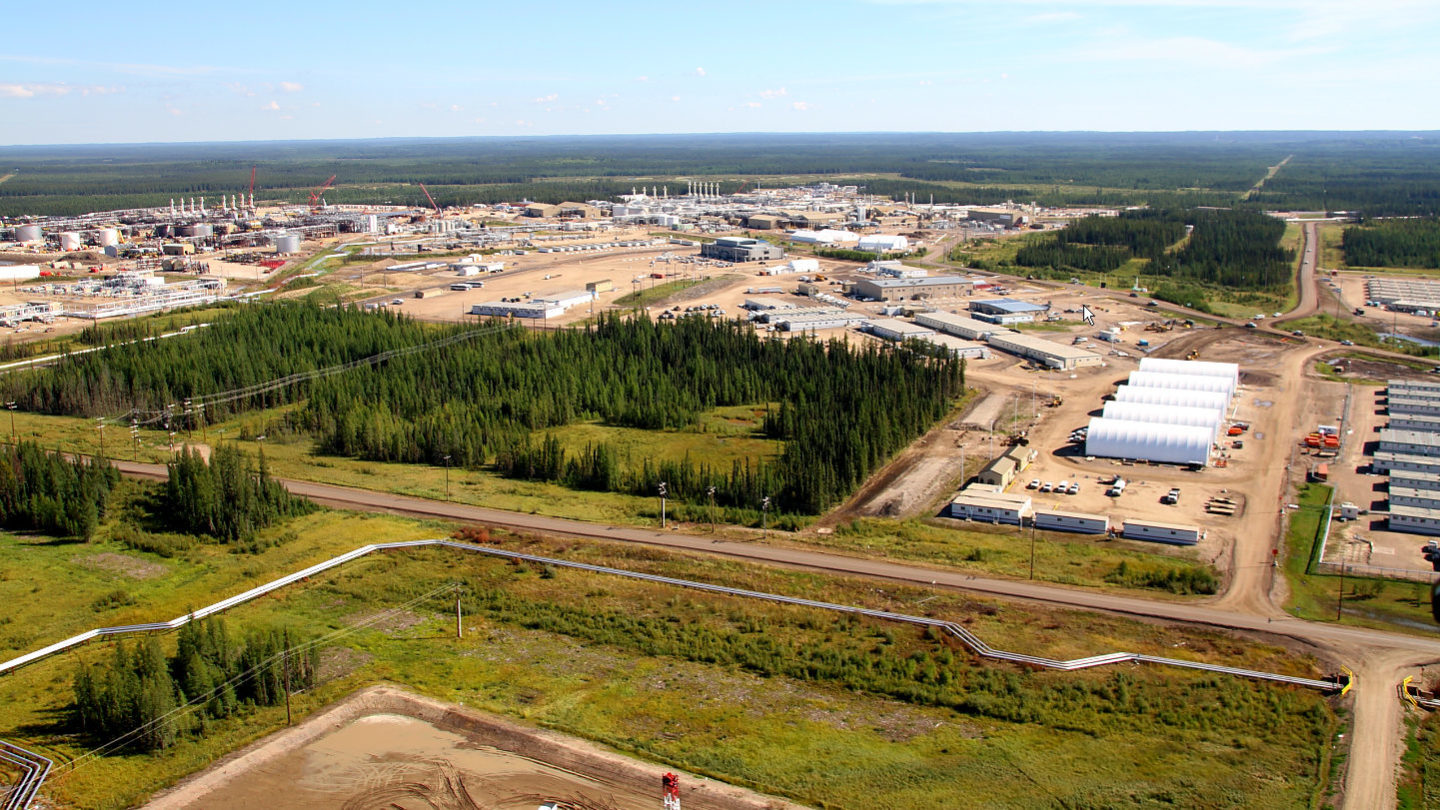Advances by the oil and gas sector are helping improve Canada’s environmental performance on a key global metric, finds new research by the Canadian Energy Centre.
Drawing on data from sources including Statistics Canada, the International Energy Agency (IEA), the World Resources Institute, BMO Capital Markets and IHS Markit, CEC evaluated Canada’s greenhouse gas (GHG) emissions intensity record by four key measures, and found a trend of noticeable decline in each one
Emissions intensity — or emissions per unit of output — allows for a comprehensive analysis of efficiency and the progress of technology development in Canada.
Since 2000, Canada has seen reductions in its GHG emissions per person, per unit of gross domestic product (GDP), per unit of energy used, and per barrel of oil produced, CEC found.
“Canada is making real and measurable progress,” the research brief says.
CEC research found that:
- Canada’s emissions intensity has fallen by 30 per cent since 2000, dropping from 0.5 meg tonnes of carbon dioxide equivalent per billion dollars of GDP to 0.35 megatonnes.
- Canada’s emissions intensity as of 2016, expressed per million dollars of GDP, is lower than other energy-producing and consuming nations including China, India, Brazil, Oman, Qatar, Russia, Saudi Arabia and the United Arab Emirates.
- Between 2000 and 2016, Canada’s GHG emissions intensity fell from 23.83 tonnes of CO2 equivalent per person to 21.58, a decline of more than 9 per cent.
- In 2016, emissions intensity from the Canadian mining, quarrying and oil and gas extraction sector expressed on the basis of tonnes of carbon dioxide equivalent per terajoule of energy used in extraction was lower than a number of other industrial sectors in Canada, including construction, iron and steel, forestry and cement.
- Emissions intensity related to fuel consumption in Canada’s industrial sector expressed in kilograms of carbon dioxide equivalent per power purchasing parity in 2010 US dollars of GDP is also falling, ranking lower than India, Iran, Japan, Oman, Pakistan, Qatar, Russia, Saudi Arabia, the United Arab Emirates, and China, and slightly higher than Australia.
- Oil sands emissions intensity expressed in tonnes of carbon dioxide equivalent per barrel has been falling over the past decade, dropping 22 per cent between 2011 and 2018.
- According to BMO Capital Markets and IHS Markit, the oil sands sector will continue to drive future emissions intensity reductions through 2030.
Click here to view the Research Brief: “Evaluating the Canadian Oil and Gas Sector’s GHG Emissions Intensity Record since 2000.”
